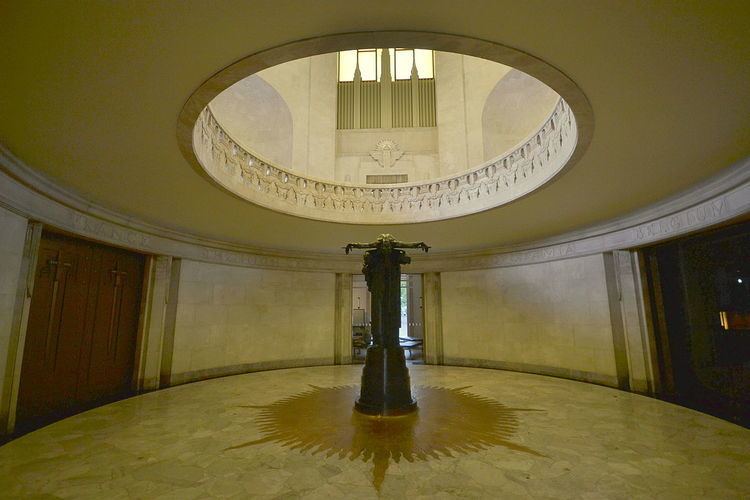 | ||
The Register of the National Estate was a heritage register that listed natural and cultural heritage places in Australia that was closed in 2007. It has been replaced by the Australian National Heritage List and the Commonwealth Heritage List.
Contents
History
The register was initially compiled between 1976 and 2003 by the Australian Heritage Commission, after which the register was maintained by the Australian Heritage Council. 13,000 places were listed.
The expression "national estate" was first used by the British architect Clough Williams-Ellis, and reached Australia in the 1970s. It was incorporated into the Australian Heritage Commission Act and is used to describe a collection of buildings and sites that are worthy of preservation for a variety of reasons. It covers natural environments as well as European history and Aboriginal culture.
Process of listing
Anyone could suggest that a certain site should be listed on the Register of the National Estate. A nomination form was provided and was then submitted to an expert group for evaluation. If a place was accepted for listing, the nomination is declared in the Commonwealth Gazette and newspapers. The Heritage Council eventually made a decision after the public has had time to comment and raise possible objections. The listing, if it took place, was based on an assessment of the values of the nominated place, whether "aesthetic, historic, scientific, or social significance, or other special value".
A listing on the Register required that a Commonwealth Minister or authority should not take any course of action that would adversely affect the listed subjects unless there was no alternative; in the latter case, the Minister was obliged to take steps to minimise any effect on the listed subject. The listing did not impose any legal obligations on private owners, companies, State governments or local governments. The Australian Heritage Council had to be consulted if any government wanted to take a course of action that might have an adverse effect on a listed subject. The Council itself could not make decisions on a proposed course of action; such decisions were made by the Federal Minister or the relevant authority contemplating the course of action.
End of the register
The Register of the National Estate was frozen in February 2007. It continued until February 2012 after which it was replaced by the Australian National Heritage List for places of outstanding heritage value for Australia and the Commonwealth Heritage List for heritage places that are owned or controlled by the Commonwealth of Australia.
Examples of listed sites
The following Sydney buildings are examples of sites listed on Register of the National Estate:
